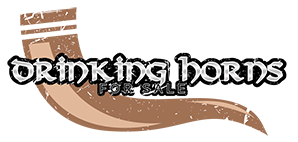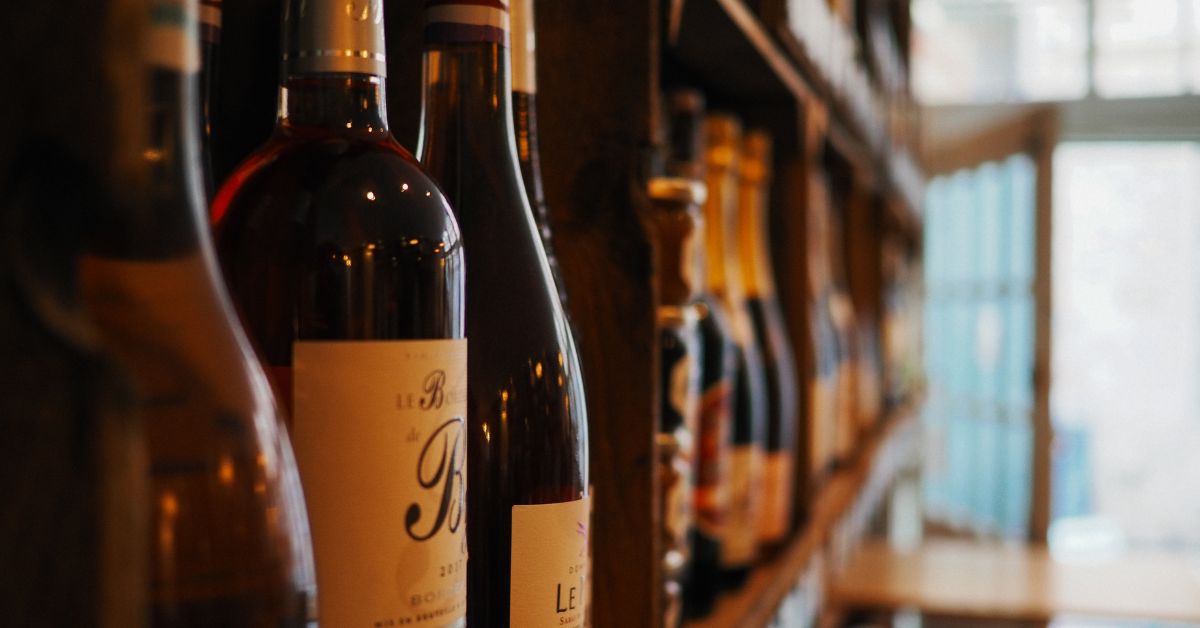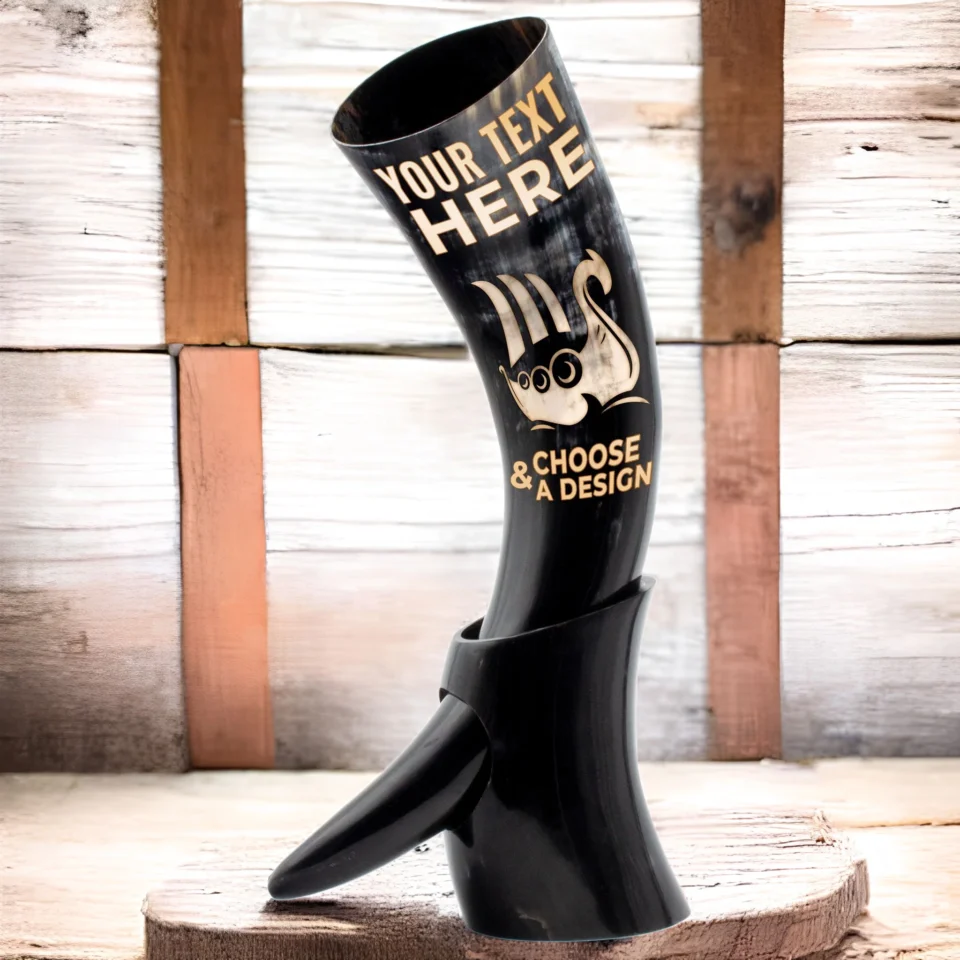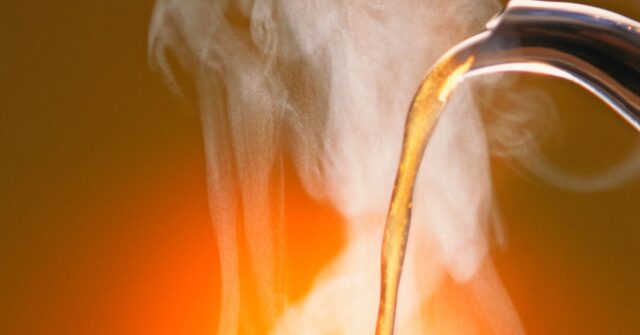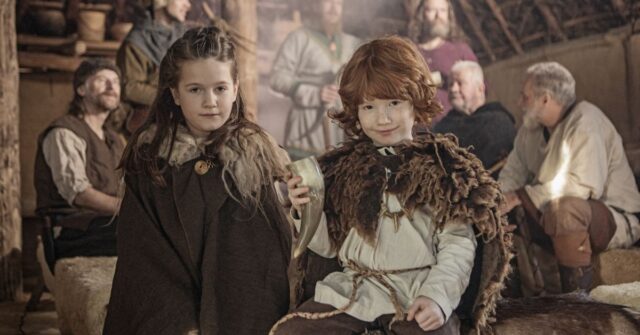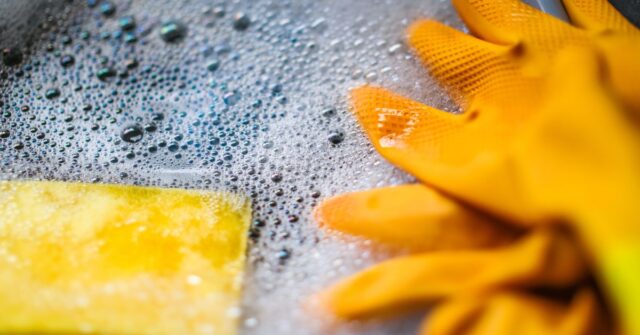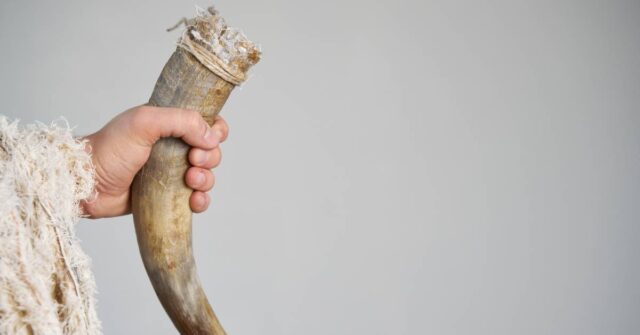Drinking horns, steeped in history and tradition, have been vessels of choice for enjoying beverages across centuries.
From ancient warriors to modern enthusiasts, the allure of drinking from a horn has transcended time.
This post explores the best beverages to savor from these historic pieces, ensuring every sip connects you to a storied past.
Introduction to Drinking Horns
Drinking horns originate from the ceremonial and daily practices of ancient cultures, most notably the Vikings, who valued them for both practical and symbolic reasons.
These iconic drinking vessels, often crafted from cattle or buffalo horns, have become synonymous with historical reenactments and themed gatherings in contemporary times.
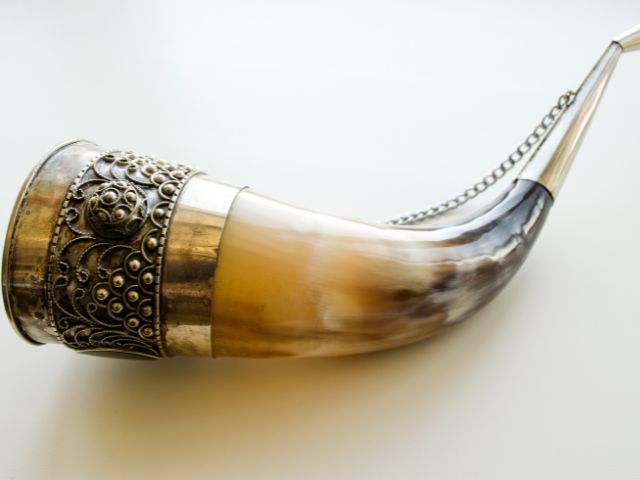
History and Cultural Significance
The use of drinking horns dates back to the Neolithic period, with evidence suggesting their use in Scandinavia and the British Isles.
They were not only used for drinking but also held religious and ceremonial importance, often decorated with metalwork and intricate carvings to denote status and achievements.
Modern Uses of Drinking Horns
Today, drinking horns have found a place in modern culture, particularly within groups fascinated by medieval history and Norse mythology.
They are popular at festivals, medieval fairs, and among historical re-enactors, bringing a touch of authenticity and tradition to contemporary celebrations.
Choosing the Right Drinking Horn
Selecting a drinking horn involves considerations of aesthetics, functionality, and authenticity. The right horn not only enhances your drinking experience but also acts as a conversation piece.
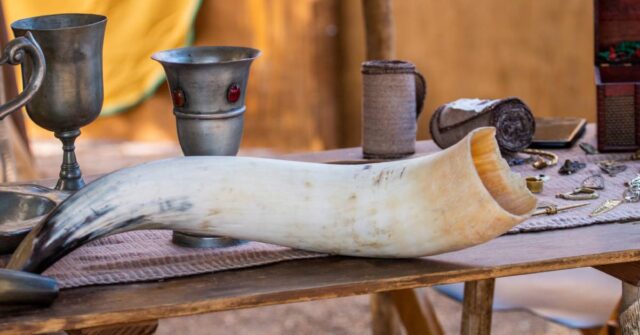
Materials and Construction
Authentic drinking horns are typically made from bovine or buffalo horns, hollowed out and polished.
Some are fitted with metal tips or decorative stands, while others are left plain to highlight the natural beauty of the horn.
Size and Shape Considerations
The size and shape of a drinking horn can affect its capacity and the beverage’s flavor profile.
Larger horns are better suited for beers and ales, while smaller, more delicate horns may be ideal for spirits and fine wines.
Care and Maintenance Tips
To preserve the quality of your drinking horn, it is crucial to clean it thoroughly after each use, avoiding harsh detergents. Storing it in a cool, dry place will help maintain its condition over time.
Traditional Beverages for Drinking Horns
When it comes to filling your drinking horn, traditional beverages offer an authentic experience reminiscent of times gone by.
Mead: The Classic Choice
Mead, made from fermented honey, water, and sometimes fruits, spices, or grains, is perhaps the most traditional beverage to enjoy from a drinking horn.
Its rich history as the drink of choice for ancient Celts, Norse, and Germans aligns perfectly with the heritage of the horn itself.
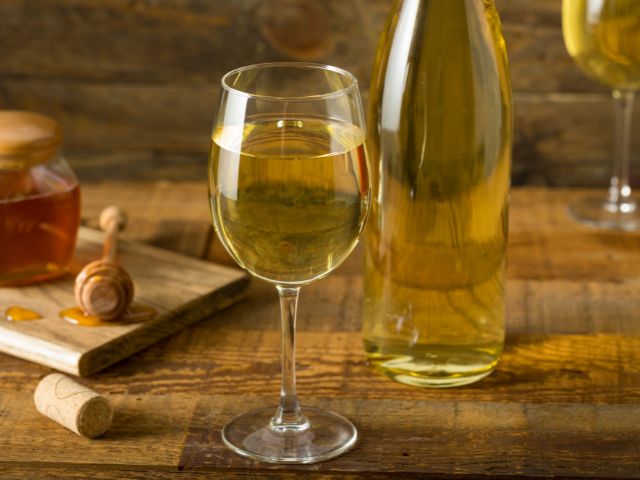
Ale and Beer: A Staple of the Viking Diet
Historically, Vikings consumed large quantities of ale. This staple brew, richer and cloudier than modern beers, was a primary source of nourishment and enjoyment during the long Nordic winters.
Wine: A Historical Perspective
Although less common in the Norse culture, wine was widely enjoyed in other societies that used drinking horns, especially among the elite.
Classical wines can bring a sense of refinement and history to your horn-drinking experience.
Non-Alcoholic Options
For those who prefer non-alcoholic options, there are plenty of beverages that respect the tradition of the drinking horn while providing inclusivity for all guests.
Water: Staying True to Historical Accuracy
Water, essential for life, was undoubtedly the most historically accurate and practical choice. It reflects the simplicity and authenticity of ancient living conditions.
Fruit Juices: A Sweet Alternative
Fresh fruit juices offer a delightful and refreshing alternative to alcoholic beverages. They can be enjoyed in horns and are especially appealing during warm gatherings and summer feasts.
Non-Alcoholic Mead Recipes
Non-alcoholic mead provides the flavor of traditional mead without the alcohol content.
Brewing your own allows for the customization of sweetness and flavor, catering to personal preferences and dietary needs.
Modern and Experimental Beverages
Innovative and contemporary beverages have also found their way into drinking horns, offering a modern twist to an ancient tradition.
Cocktails Suitable for Drinking Horns
Layered or mixed cocktails can be visually striking and delicious. Ingredients like elderflower liqueur or a splash of citrus blend well with the rustic charm of the horn.
Creating Infusions and Flavored Drinks
Infusing drinks with herbs, spices, or fruit can personalize your beverage and enhance your drinking experience.
Experiment with combinations that echo the medieval palate or bring entirely new flavors to the table.
Carbonated Beverages: Do They Work?
While not traditional, carbonated beverages like sodas or sparkling waters can be fun to sip from a horn at casual events, adding a bubbly twist to the historic drinking tool.
Seasonal and Regional Variations
Seasonal and regional beverages provide an opportunity to explore different flavors and traditions, aligning your drinking horn experience with the rhythms of nature and culture.
Winter Warmers: Mulled Wine and Spiced Cider
During the colder months, mulled wine or spiced cider served from a drinking horn can provide warmth and comfort, evoking the feeling of ancient midwinter festivals and gatherings.
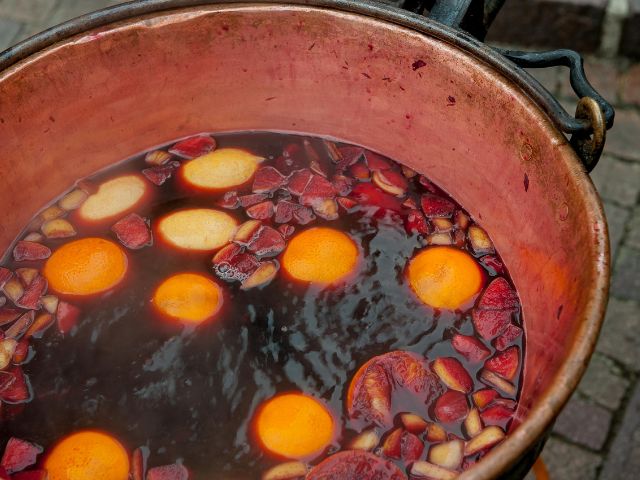
Summer Coolers: Light and Refreshing Options
In the summer, lighter drinks like herbal teas or citrus-infused waters are perfect for keeping hydrated and cool while enjoying the outdoors.
Local Specialties from Around the World
Exploring local specialties from around the world allows drinkers to experience global cultures through the lens of their drinking horns.
From Scandinavian aquavit to Bavarian wheat beers, the possibilities are endless.
Hosting a Drinking Horn Gathering
Hosting a gathering where drinking horns are the centerpiece can create a memorable and engaging experience for all attendees.
Setting the Scene: Themes and Decorations
Themed decorations that reflect the medieval or Viking era can enhance the atmosphere of your gathering. Think rustic table settings, traditional music, and period-appropriate attire.
Pairing Food with Your Beverage Choices
Choosing foods that complement your chosen beverages can elevate the dining experience.
Traditional pairings like smoked meats with ale or fresh cheeses with fruit wines are both delightful and historically inspired.
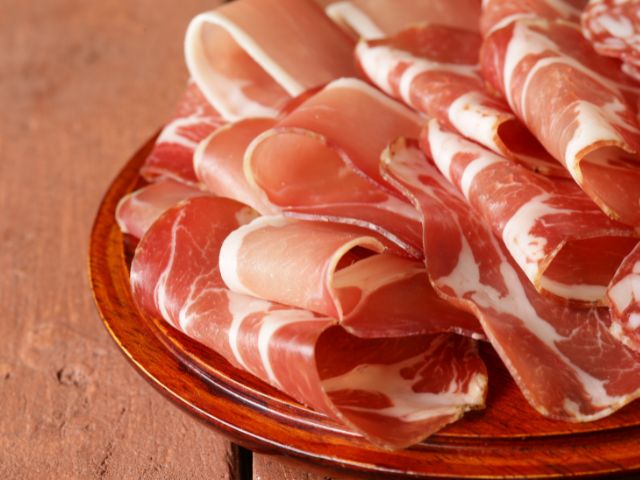
Tips for Serving and Enjoyment
Serving beverages in a drinking horn requires some practice. Tips like filling the horn only three-quarters full and always using a stand to prevent spills can ensure a smooth and enjoyable experience for all.
Conclusion: Embracing Tradition with Modern Flair
Whether you’re a history buff, a cultural enthusiast, or simply looking for a unique way to enjoy your favorite drinks, drinking horns offer a distinctive connection to the past.
By embracing both tradition and modern innovation, we can continue to enjoy this fascinating cultural artifact in new and exciting ways.
